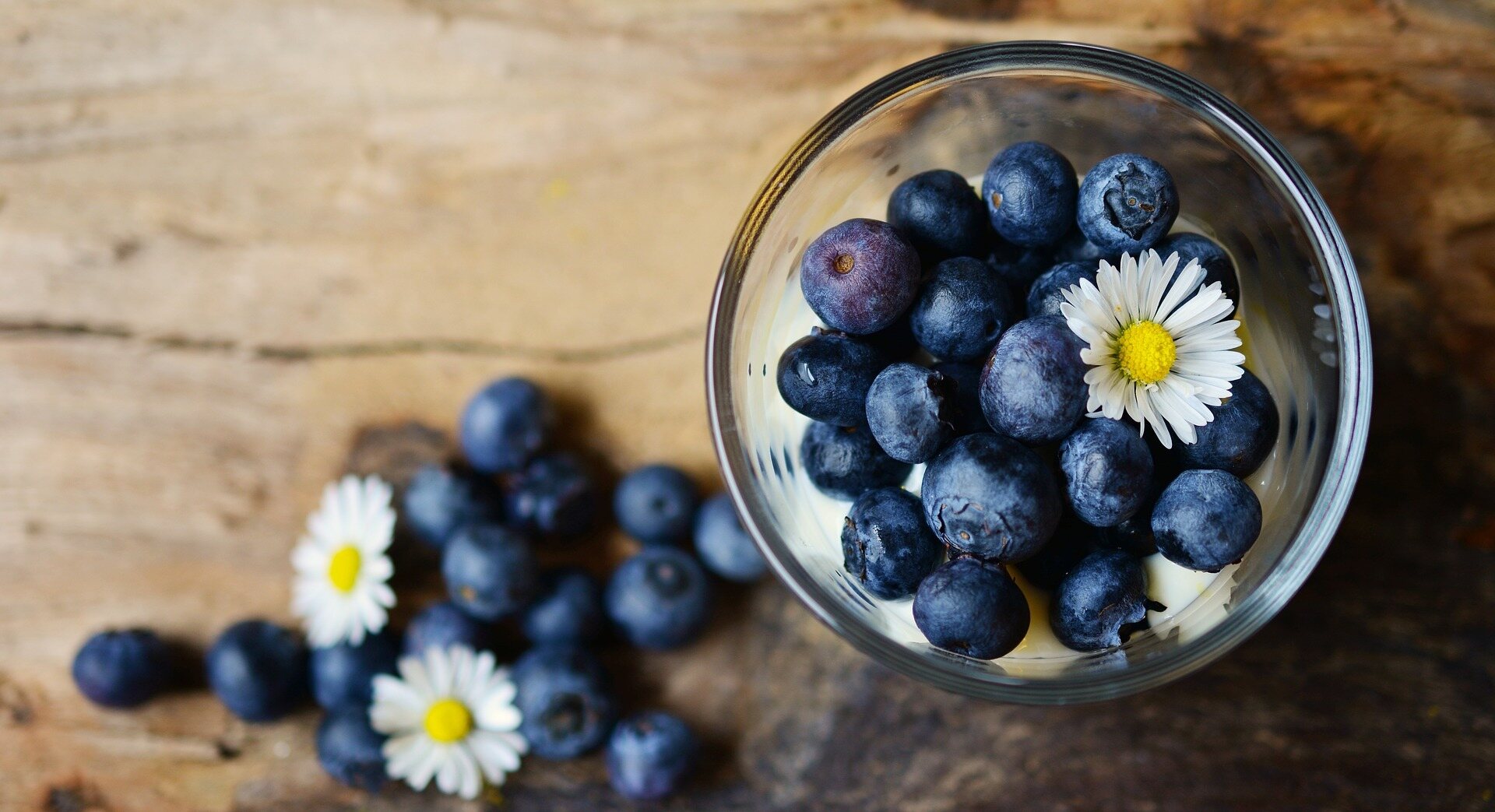
What are anthocyanins? These vibrant pigments give fruits, vegetables, and flowers their stunning red, purple, and blue hues. Found in blueberries, red cabbage, and even black rice, anthocyanins are more than just nature's paintbrush. They belong to the flavonoid family, a group of powerful antioxidants. Why should you care? Because these compounds may boost your health in surprising ways. From reducing inflammation to improving heart health, anthocyanins pack a punch. Ready to learn more? Let's dive into 29 fascinating facts about these colorful compounds and how they can benefit you.
What Are Anthocyanins?
Anthocyanins are pigments found in plants that give red, purple, and blue colors to many fruits and vegetables. They belong to a class of compounds called flavonoids, which are known for their antioxidant properties.
- Anthocyanins are water-soluble pigments.
- They are responsible for the vibrant colors in berries, grapes, and red cabbage.
- These pigments can change color depending on the pH level of their environment.
Health Benefits of Anthocyanins
Anthocyanins are not just pretty pigments; they offer numerous health benefits. Their antioxidant properties help protect cells from damage and reduce inflammation.
- Anthocyanins can help improve heart health by reducing blood pressure.
- They have been shown to improve vision and eye health.
- These pigments may help reduce the risk of certain cancers.
- Anthocyanins can improve brain function and memory.
- They have anti-inflammatory properties that can help reduce pain and swelling.
Sources of Anthocyanins
You can find anthocyanins in a variety of fruits, vegetables, and even some grains. Including these foods in your diet can help you reap the benefits of these powerful pigments.
- Blueberries are one of the richest sources of anthocyanins.
- Blackberries and raspberries also contain high levels of these pigments.
- Red and purple grapes are excellent sources of anthocyanins.
- Red cabbage is a vegetable rich in anthocyanins.
- Black rice, also known as forbidden rice, contains anthocyanins.
- Eggplants, especially the skin, are packed with these pigments.
How Anthocyanins Work
Anthocyanins work by neutralizing free radicals in the body, which can cause cell damage and lead to various diseases. They also have anti-inflammatory and anti-viral properties.
- Anthocyanins can help protect the body from oxidative stress.
- They can inhibit the growth of harmful bacteria and viruses.
- These pigments can improve the body's immune response.
- Anthocyanins can help repair damaged DNA.
Anthocyanins in Traditional Medicine
Anthocyanins have been used in traditional medicine for centuries. Various cultures have utilized these pigments for their healing properties.
- In traditional Chinese medicine, anthocyanin-rich foods are used to improve liver function.
- Native American tribes used berries high in anthocyanins to treat various ailments.
- In European folk medicine, elderberries were used to boost the immune system.
Cooking and Anthocyanins
Cooking can affect the levels of anthocyanins in foods. Understanding how to preserve these pigments can help you get the most out of your meals.
- Boiling can reduce the anthocyanin content in foods.
- Steaming is a better method to preserve anthocyanins.
- Freezing fruits and vegetables can help retain their anthocyanin levels.
- Adding a splash of lemon juice can help maintain the color and anthocyanin content in cooked foods.
Fun Facts About Anthocyanins
Anthocyanins are not just beneficial; they are also fascinating. Here are some fun facts that highlight their unique properties.
Anthocyanins: Nature's Colorful Powerhouses
Anthocyanins, those vibrant pigments found in many fruits and vegetables, pack a punch when it comes to health benefits. They don't just make your food look good; they help fight inflammation, boost heart health, and may even protect against certain cancers. These compounds are antioxidants, meaning they help combat oxidative stress in your body. Including anthocyanin-rich foods like berries, red cabbage, and eggplants in your diet can be a tasty way to improve overall well-being.
Next time you're at the grocery store, reach for those colorful options. Your body will thank you. Remember, eating a variety of colors ensures you're getting a range of nutrients. So, load up on those anthocyanin-packed foods and enjoy the benefits they bring. Nature's colorful powerhouses are more than just eye candy; they're a boon for your health.
Was this page helpful?
Our commitment to delivering trustworthy and engaging content is at the heart of what we do. Each fact on our site is contributed by real users like you, bringing a wealth of diverse insights and information. To ensure the highest standards of accuracy and reliability, our dedicated editors meticulously review each submission. This process guarantees that the facts we share are not only fascinating but also credible. Trust in our commitment to quality and authenticity as you explore and learn with us.


